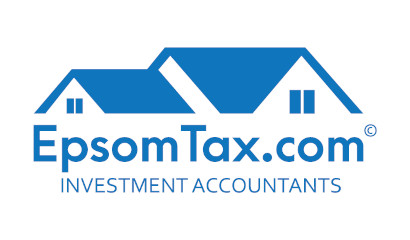CHANGING SHARES IN LTCS: CONSIDERATIONS
SCENARIO
Changing shares in LTC: Considerations – what are they? Well, let’s say that you’ve established that there are good economic reasons for changing the shareholding in your LTC that owns rental residential property. You and your life partner are the shareholders. What things do you need to consider so that you don’t get hit with a nasty (and unexpected) tax bill?
1. BRIGHTLINE TEST
- If the property was purchased on or after 1 October 2015, and the date of the shareholding change is less than two years from that date, then there will be tax to pay under the Brightline Test.
- If the property was purchased after March 2018, then it is a five year period, not a two year period (in which the Brightline Test applies)
- And if purchased after 27 March 2021, a 10-year period applies.
- Even if the property was purchased before this date, or you are outside the 2-5 year period, you need to be aware that any shareholding change done now will restart the Brightline Test start date, at least for part of the property. In other words, if there is a shareholding change, then any subsequent sale of the property or change of shareholdings within 10 years of the date of the change will be partially taxable
- For example, Alice and Robert each own 50 shares in an LTC with residential rental property (total 100 shares). Robert transfers 10 shares to Alice. This starts the Brightline Test anew for this extra 10% interest that Alice has acquired. The property is sold 4 years after the shareholding change. Alice needs to declare taxable income based on this extra 10% she acquired. The formula would be Sale Price minus Costs minus Purchase Price = Capital Gain. 10% of the capital cain would be taxable income for Alice. The remaining 90% would be a non-taxable capital gain for the shareholders.
2. SHAREHOLDERS CURRENT ACCOUNT
Let’s say that the company owes the shareholders $150,000. This is tracked in the Shareholders Current Account, and is a liability (debt) of the LTC.
Bob has 99 shares, and Mary has 1. Bob will sell/transfer 49 of his shares to Mary so that they each have 50 shares. Let’s say at the moment, Bob and Mary are owed $75,000 each by the company.

The LTC has made losses so is technically “insolvent”. The ramification of this is that as 49% of the shares are transferred there is a deemed disposal of 49% of the both advances being a total of $73,500 at a market value of zero (due to the company being insolvent).
Under special tax rules the $73,500 is initially deemed to be income of the LTC to be taxed to the owners in proportion to their shareholding (Bob $72,765 and Mary $235). Under recently-amended income tax rules, this income will not be taxed to the extent it is in proportion to shareholding. In this example Bob has debt of 50% for a shareholding of 99% and Mary has debt of 50% for a shareholding of 1%. Under the new rules he will be taxed on 49% of the debt being $73,500 and Mary will not have taxable income.
In this scenario, the de minimis* threshold of $50,000 would be exceeded when Bob transfers his shares (as the deemed income is $73,500). This same issue arises when either the LTC status is revoked or the company is wound up.
Going forward, ideally all LTC shareholder debt should be in proportion to shareholding. Between family members this can be achieved by way of an assignment of debt as that is another way of presenting what is happening. Then going forward debt should be transferred along with shareholding so the debt stays in proportion.
3. DEPRECIABLE ASSETS WITH COSTS OVER $200,000?
Is the cost of any of the LTC’s depreciable assets more than $200,000 each? If so, you then need to ask: Is the value of the accumulated depreciation on assets per shareholder more than $50,000 (the “de minimis” threshold)? If so, then there could be tax implications.
BRIGHTLINE TEST
Be aware that changing shares now (or ownership % in a partnership) partially starts the (current) 10-year Brightline Test again. (Although Brightline period will be reduced to 2 years on 1 July 2024, meaning that a property bought on 1 July 2022 would be out of Brightline at this date)
For example, if you moved 5 shares (of a total of 100) from you to your wife, then sold the property within 10 years of that change, then 5/100 (5%) of the sale profits (sale price less fees less original purchase price = sale profits) would be classed as taxable income (for the person who “sold” the shares).
So, if the gain was $100,000, 5% is $5,000. So in this scenario, $5,000 would be taxable income.
WHAT NEXT?
Please contact us for advice. You may also want to read this related blog article “Are Tax Benefits a Good Reason to Make Changes?“
* “de minimis” is a Latin expression meaning about minimal things, normally in the locutions de minimis noncurat praetor (“The praetor does not concern himself with trifles”) or de minimis noncurat lex (“The law does not concern itself with trifles”) a legal doctrine by which a court refuses to consider trifling matters.
Recent Posts
Pages
Useful Links
Services
Contact Details
Phone: 0800-890-132
Email: support@epsomtax.com
Fax: +64 28-255-08279
EpsomTax.com © 2021
